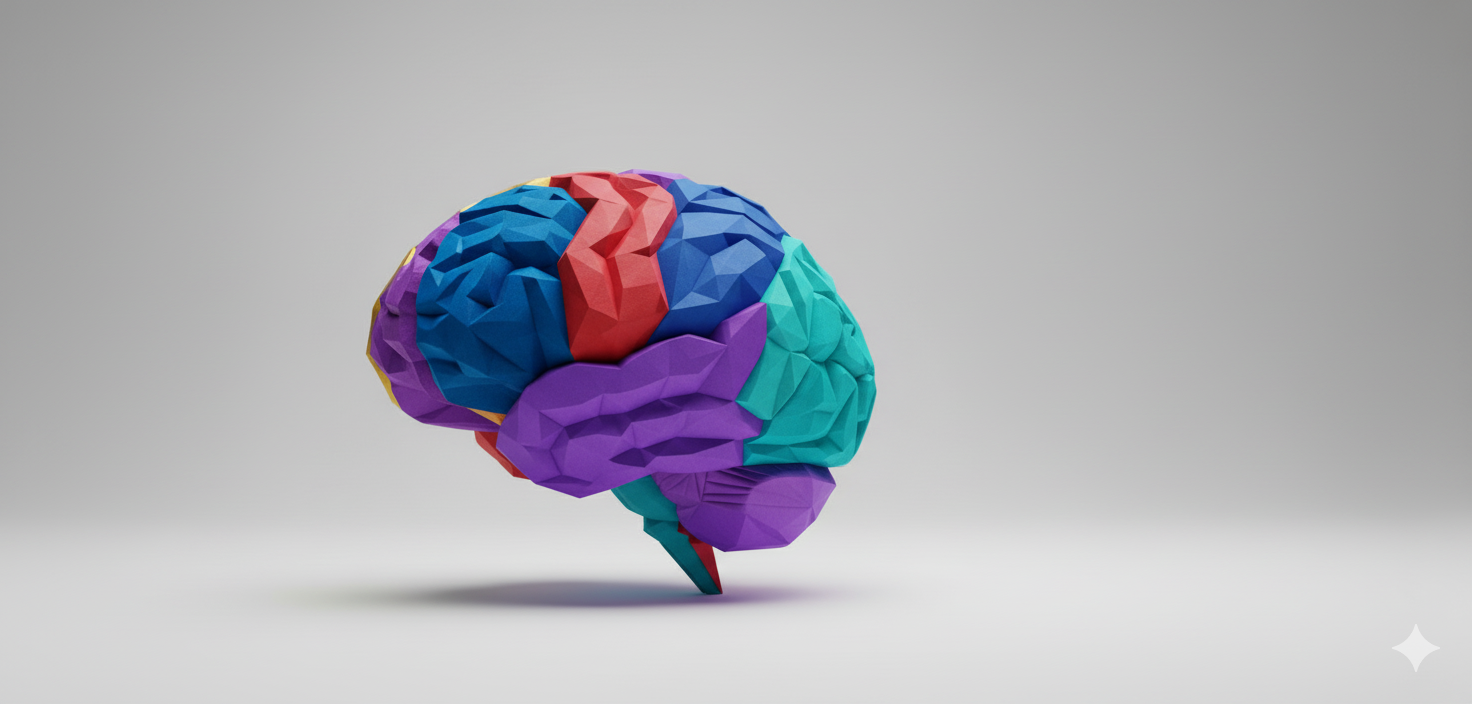Using design thinking methods to improve UX and CX

Design Thinking is a methodology that prioritizes human-centered design and is pivotal in shaping engaging and effective web experiences.
This approach goes beyond traditional design aesthetics, focusing instead on solving problems and fulfilling user needs through innovation and creativity.
In the realm of web design and development, Design Thinking plays a crucial role in ensuring that the final product is not just visually appealing but also functionally robust and user-friendly. Here, we explore what Design Thinking entails, its approach in web design projects, and why it is indispensable for an outstanding user and customer experience.
What is Design Thinking?
Design Thinking is an iterative process that seeks to understand the user, challenge assumptions, and redefine problems in an attempt to identify alternative strategies and solutions that might not be instantly apparent with our initial level of understanding.
It involves five key phases — empathize, define, ideate, prototype, and test.
This method allows designers and developers to craft products that are not only innovative but also deeply reflective of the user’s needs and challenges.
Design Thinking in web design and development
In the context of web design and development, Design Thinking starts with a deep empathy for the user. This phase involves understanding the users' behaviors, needs, and motivations through observation and feedback. This understanding informs the 'define' phase, where designers identify the core problems users face.
The 'ideate' stage involves brainstorming on possible design solutions. Here, creativity is unleashed to explore a wide variety of ideas and approaches, followed by the 'prototype' phase where these ideas are turned into tangible, testable entities.
The final phase, 'testing', involves a rigorous validation process where prototypes are tested in the real world, ensuring they meet user expectations and solve the intended problems.
The approach of Design Thinking in planning and strategising
When planning and strategising a digital project, Design Thinking helps in aligning the project’s objectives with the actual needs of the end user. By involving user feedback loops at every stage, from concept to launch, the methodology ensures that the design remains user-centric, rather than being purely driven by aesthetics or technological trends.
For instance, during the 'empathize' phase, direct interactions with potential users might reveal that users are looking for quicker ways to complete transactions on a website. This insight becomes a critical input in the 'define' phase, leading to a clearer focus on improving the checkout process in the ideation and prototyping stages.
Why Design Thinking contributes to superior user and customer experience
This approach ensures that the solutions are not only usable but also desirable, providing a seamless and engaging experience to the user. Here’s why Design Thinking is beneficial:
Enhances user engagement
By understanding the user's deepest needs, Design Thinking leads to the creation of features that resonate more deeply with users. This enhances engagement and satisfaction, reducing frustration and leading to better interactions.
Promotes innovation
The iterative nature of Design Thinking encourages continuous improvements and innovations, ensuring the design remains relevant and ahead of user expectations.
Improves functionality
Since the process includes continuous testing of prototypes, any issues with functionality can be identified and rectified early in the development phase, which significantly enhances the overall quality of the web project.
Ensures relevance
Constant feedback loops ensure that the project evolves in line with actual user needs and behaviors, rather than based on assumptions. This relevance is key to providing a superior customer experience.
In conclusion, Design Thinking is not merely a trend but a fundamental approach that underpins successful web design projects.
It fosters a deep understanding and connection with the users, which in turn drives innovation and functionality. Ultimately, the integration of Design Thinking into web design and development is essential for creating digital environments that truly resonate with and enrich the user experience.
By embracing this methodology, designers and developers can ensure their projects are not only impactful but also deeply aligned with what users genuinely need and value.


